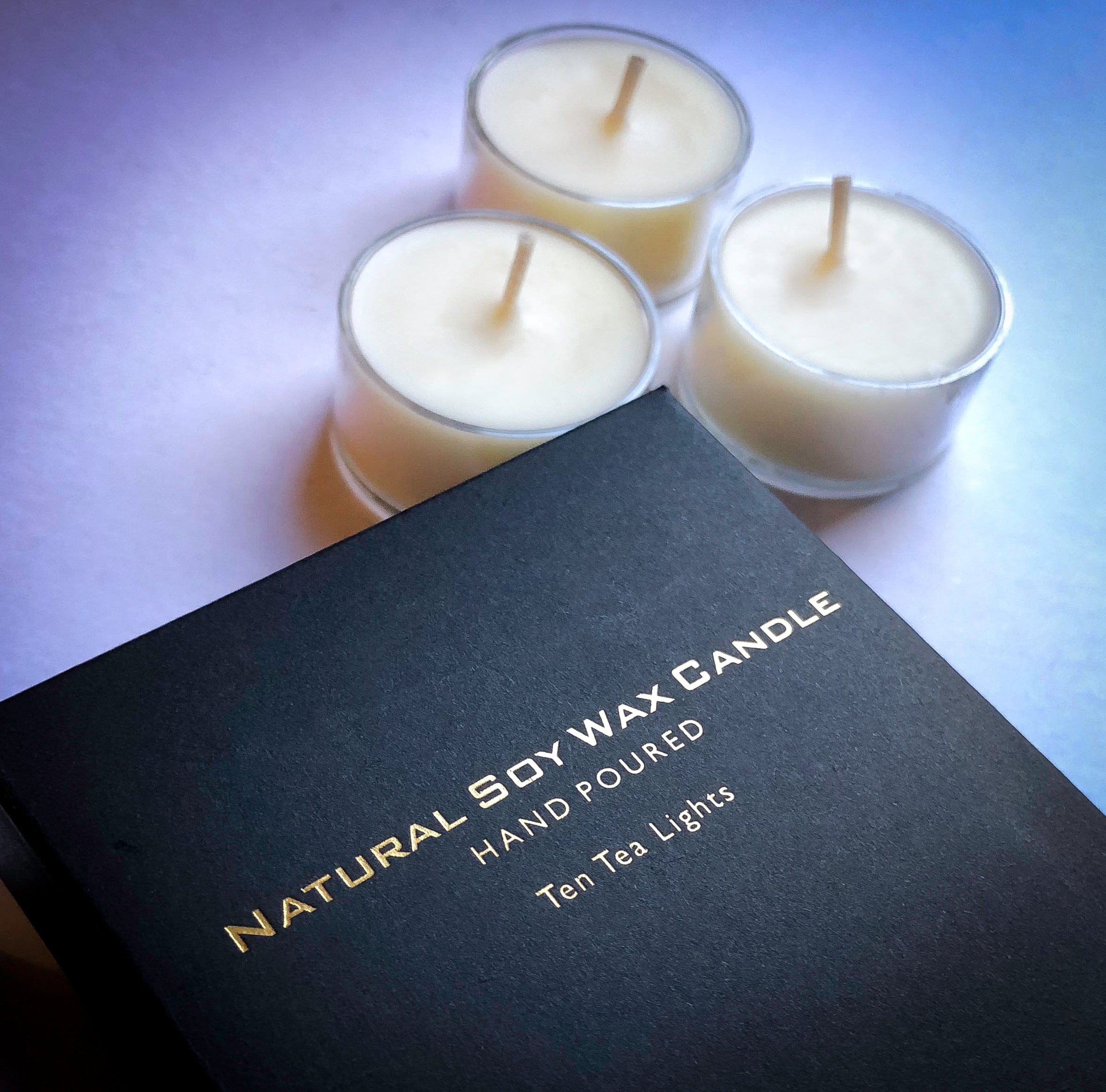Explore the Globe of Crystal Soy Candles and Home Fragrance Delights
Explore the Globe of Crystal Soy Candles and Home Fragrance Delights
Blog Article
From Wick to Wax: Comprehending the Chemistry Behind Soy Wax Candles and Their Environmental Influence
As we illuminate our rooms with the cozy glow of candles, there exists a world of detailed chemistry behind the seemingly basic act of lighting a soy wax candle. The option between soy and paraffin wax expands beyond mere visual appeals, diving into the realm of ecological influence and the very make-up of the materials. Recognizing the molecular structure of soy wax and its combustion process sheds light on the emissions launched right into our surroundings. Join us as we unwind the clinical details behind soy wax candles and discover their implications on our environment.
Soy Wax Vs. Paraffin Wax
When contrasting soy wax and paraffin wax for candle making, it is vital to comprehend the unique characteristics and advantages of each material. Soy wax is a natural, renewable energy originated from soybean oil, making it environmentally friendly and eco-friendly - soy wax candles. On the other hand, paraffin wax is a byproduct of petroleum refining, which increases problems regarding its ecological effect and sustainability
Soy wax candles burn cleaner and give off less residue contrasted to paraffin wax candles, making them a much healthier selection for indoor air top quality. Furthermore, soy wax has a reduced melting factor, enabling a longer-lasting candle light that disperses fragrance more efficiently. Paraffin wax, on the various other hand, tends to burn faster and less cleanly, potentially releasing damaging chemicals right into the air.
From a sustainability point of view, soy wax is favored for its biodegradability and sustainable sourcing, aligning with the expanding consumer choice for environmentally mindful items. While paraffin wax has been a traditional choice in candle light making as a result of its cost and convenience of use, the change in the direction of environmentally friendly options like soy wax is acquiring momentum in the market.
Chemical Composition of Soy Wax

Burning Process in Soy Candles
The chemical make-up of soy wax straight influences the burning procedure in soy candles, impacting variables such as melt time, aroma launch, and environmental influence. When a soy candle light is lit, the warm from the flame thaws the wax near the wick. This liquid wax is after that formulated the wick because of capillary activity. As the fluid wax reaches the fire, it vaporizes and undertakes burning. The burning procedure involves the vaporized hydrocarbons in the wax reacting with oxygen in the air to create warm, light, water vapor, and co2.
The burning performance of soy candles is affected by the purity of the soy wax and the quality of the wick. In addition, soy wax candle lights have a reduced ecological impact contrasted to paraffin candle lights due to their sustainable and eco-friendly nature.

Ecological Advantages of Soy Wax

Thought about a sustainable choice to typical paraffin wax, soy wax offers noteworthy environmental benefits that make it a preferred option amongst eco-conscious customers. One substantial benefit of soy wax is its eco-friendly sourcing. Soy wax is originated from soybean oil, which is mainly grown in the USA. The growing of soybeans helps sustain regional farmers and minimizes the dependence on non-renewable nonrenewable fuel sources utilized in paraffin wax production. In addition, soy wax is naturally degradable, suggesting it damages down discover this naturally without releasing unsafe toxic substances into the environment. This particular makes soy wax candle lights a much more eco-friendly alternative contrasted to paraffin wax candle lights, which are made from oil, a non-renewable source. In addition, soy wax burns cleaner and creates less residue than paraffin wax, adding to much better indoor air top quality and minimizing the requirement for cleaning and upkeep. On the whole, the environmental benefits of soy wax line up with the expanding demand for environment-friendly and sustainable items in the market.
Recycling and Disposal Factors To Consider
Reusing and proper disposal of soy wax candles play a critical function in preserving environmental sustainability and reducing waste in families and communities. The very first action is to ensure that the candle light has burned totally when it comes to recycling soy wax candle lights. This can be attained by permitting the candle to burn till the wick is no more usable, and after that allowing the staying wax cool and solidify. As soon as the wax has actually strengthened, it can be carefully removed from the container.

In regards to disposal, if recycling is not a choice, soy wax candle lights are biodegradable and can be securely dealt with in most family waste systems. Nevertheless, it is constantly recommended to talk to local reusing centers or waste administration services for particular guidelines on candle disposal to make sure correct handling anchor and environmental management.
Final Thought
In conclusion, the chemistry behind soy wax candle lights exposes their ecological benefits over paraffin wax candle lights. Soy wax, obtained from soybean oil, burns cleaner and generates less residue when contrasted to paraffin wax.
When comparing soy wax and paraffin wax for candle making, it is crucial to comprehend the distinctive features and advantages of each material (candles).Soy wax candle lights shed cleaner and discharge less soot contrasted to paraffin wax candles, making them a much healthier choice for interior air high quality.Considered a lasting option to standard paraffin wax, soy wax supplies significant ecological here are the findings advantages that make it a preferred option amongst eco-conscious consumers. Soy wax burns cleaner and produces much less residue than paraffin wax, adding to far better interior air high quality and lowering the demand for cleaning and maintenance.In verdict, the chemistry behind soy wax candle lights exposes their environmental benefits over paraffin wax candles
Report this page